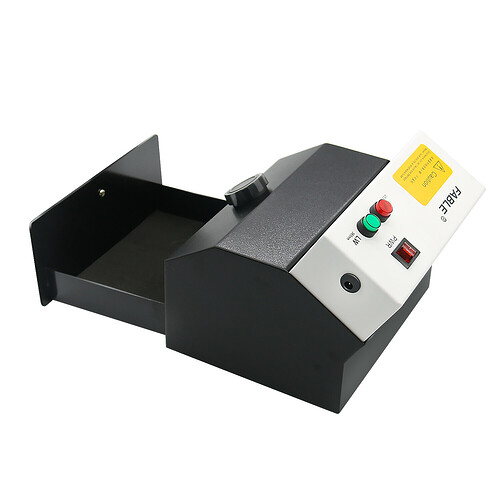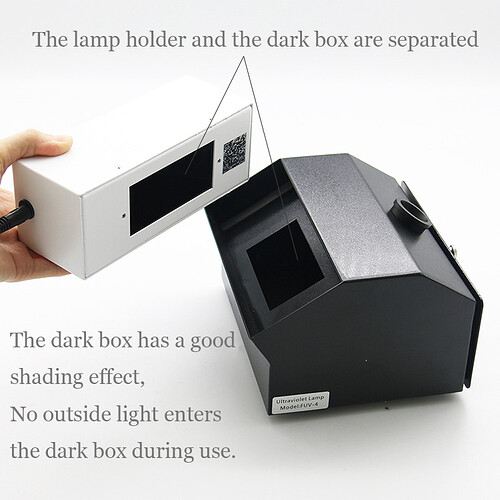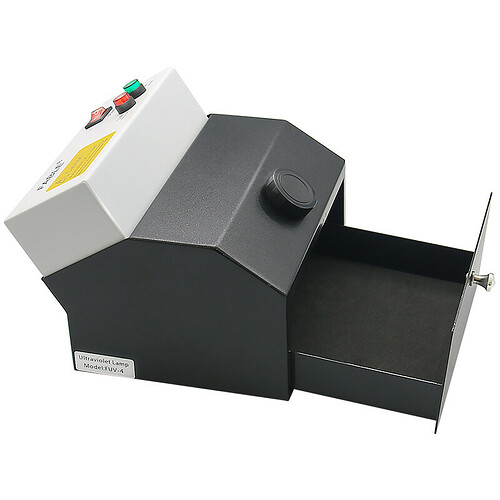I plan on doing everything and hopefully more. Thank you for your guidance. It’s very appreciated. I’m not doing it for the money I actually just love it I think it’s just something that I didn’t know I wanted to do all my life lol
If you’re serious about a career in gemology, I would buy German equipment, and go with Kruss. Some of the best gemological tools in the industry. Worth the investment because they’re so well made and will last a lifetime. Kassoy sells a lot of Kruss tools. Gem-A has reliable equipment and GIA does also, but GIA is wayyyy overpriced.
As far as books go, my instructors at GIA said that Handbook of Gem Identification / R. Liddicoat is a must for a gemologist’s library. 12th edition, 1993
As far as books, Liddicoat’s is 27 years old and way out of date. Matlins latest edition would do for an elementary text and Hanneman’s book for the things that aren’t taught in traditional gemology, but are so important. I think Read’s book on gemology (actually “gemmology”) is the FGA text now. German tools are the best, but the Chinese ones are much more affordable and in general produce the same results. Really, of what use are fine optics in a dichroscope window which shows you a blue and a green color in a window? If you are reading an RI that is 1.577 to 1.583 plus or minus .017, what is the use of reading to 0.001? You can certainly order one of each with a return privilege and decide for yourself. -royjohn
Hi
I’m sorry as it’s out of topic, do I really need a shortwave uv light compared to a longwave uv light?
As short wave uv light sold by Gem A is quite expensive (190) but the longwave uv is quite affordable at 50
Do I really need the shortwave uv light?
Thank for your comments.
You probably can use other tests besides the UV lights, but they are convenient and easy to use…just don’t shine them in your eyes. I would not buy either of the Gem A lights, since there is a portable, battery or mains powered Raytech Versalume available for $99. I think you can also find various LW sources for cheap and there are now a number of sanitizing SW lights available as wands…one I looked at was 270-280 nm, which is within the SW spectrum for gemology. Another was 254 nm and it was a portable wand for only $5.49 on Amazon. The LW UV flashlights are $10 to $20 on Amazon. Just try to get one that does not put out a lot of blue/violet light…read the reviews and buy something returnable. Then test both the LW and the SW with known minerals/gems to see if you get the reaction you are expecting. They do tell you what wavelength the lights are, but merchants have been known to lie…I have the Versalume, but if I didn’t, today I would probably go with a couple of the cheap flashlights/wands. At the current prices, they are worth getting. Things are a lot different now, with cheap Chinese instruments, than they were in the 90’s when I got my GIA cert. Then the best I could do for a refractometer was $400 for a used duplex. Made my own dichroscope out of a film can, a lens and a piece of calcite. Finally located a stereo microscope in Brooklyn from an old gentleman for $350. Ebay and China changed all that. You can put together a set of instruments for $200-$500. At that time, we didn’t even know anything about magnetism, but now you can equip yourself to use that for $20 or so… -royjohn
When I read my post over, at least one thing wasn’t completely clear…the Raytech Versalume is both LW and SW. There are two windows, one for each wavelength and you cover one to use the other…or, as I said, you can get cheap LW and SW wands now that will probably do the same thing. -royjohn
I purchased a light box from china. It is very easy to use. It’s essentially a metal box that is light sealed. It has a little inspection window for you to look through, It has two bulbs, one for SW and one for LW. You just turn one on and observe what happens with whatever you chose to put inside the light box. The only thing i wish there was was a video database showing you how the stones should look. To that end I have a rather large collection of synthetic stones I purchased to i can compare what I’m testing to a known sample. (I’ve purchased just about every synthetic corundum color available from multiple manufacturers and manufacturing methods to help me compare natural to synthetic gemstones).
the UV light box i use is from a chinese company name fable and is available on alibaba in the link below (to be clear I have no ties, financial or otherwise to the company below. It is simply what I bought since it is what I was able to find and import easily to where I am.):
UV testing is not the be all and end all of testing but it can help indicate heat treatments for different stones such as corundum. There have been papers and articles published by GIA and Gem-A about this. It may also help differentiate synthetic from natural gemstones. However, this should not be the sole basis of your determination of natural vs synthetic or whatever treatments you may think the gemstone has. It is simply another test that will lay the groundwork for your opinion regarding the gemstone.
I like to think of all the tests we run as parts of a venn diagram. Each test in and of itself may be inconclusive but the intersection of all the tests will give you a certain certainty as to what your gemstone is and whether it is natural or synthetic.
I found the Gem-A article that may help you with the use of SW and LW UV light as a test for your gemstones:


